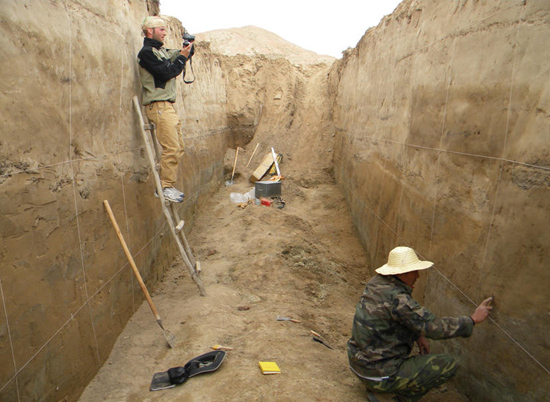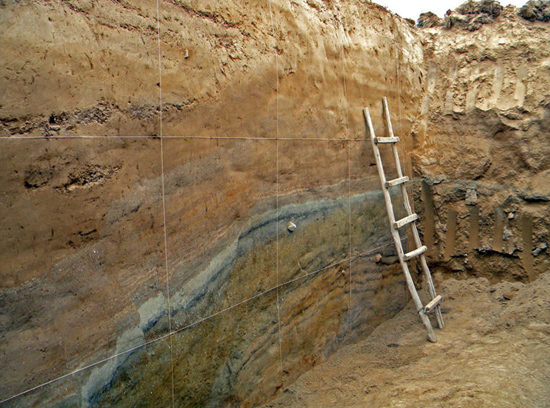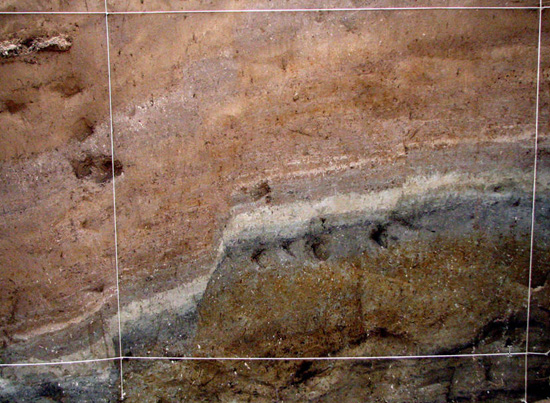| News |
| Latest news | |
| Int’l Cooperation activities | |
| Events & Announcement | |
| Recent Activities |
| Location: Home>News>Recent Activities |
| Active fault zones surveyed on the Tibetan Plateau |
|
Under the joint auspices of the NSFC and CAS Knowledge Innovation program, ITP Prof. Liu Jing conducted field survey in July-August to the active fault zones during Quaternary in Arkin, Gansu Province, together with staff from China Center for Earthquake Disaster Emergency and Sar and Prof. Mike Oskin-led research team from UC, Davis. Through the survey, Prof. Liu tended to reconstruct the short-term paleo-earthquake recurrence feature from the quaternary sedimentation layers and phases, as well as micro-transformation caused by earthquake in the past. Meanwhile, Prof. Oskin focused on the demonstration of long-term slip rate of the active fault zone from quaternary sedimentation and geomorphology mapping and dating. Both research teams chose Arkin fault zone to the south of Dangjin Mountain as research site, and conducted ditch-digging, in situ photographing, faults inventory and sampling. Their work so far has revealed the clear lamination of earthquake sedimentations and acquired plenty of carbon samples for dating, which were expected to provide strong evidence to four to five times’ earth-layer offsets by earthquakes.
The Arkin fault zone is a major active fault on the northeastern edge of the Tibetan Plateau, rousing a considerable debate concerning its activity during the Quaternary. The joint field expedition would therefore be conducive to understanding the recurrence features of hazardous earthquakes in the region, thus offering reliable data for assessing earthquake dangers. Relevant studies would also contribute to scientific understanding and serve for disaster mitigation and combating in the region.
|



